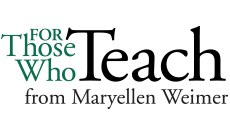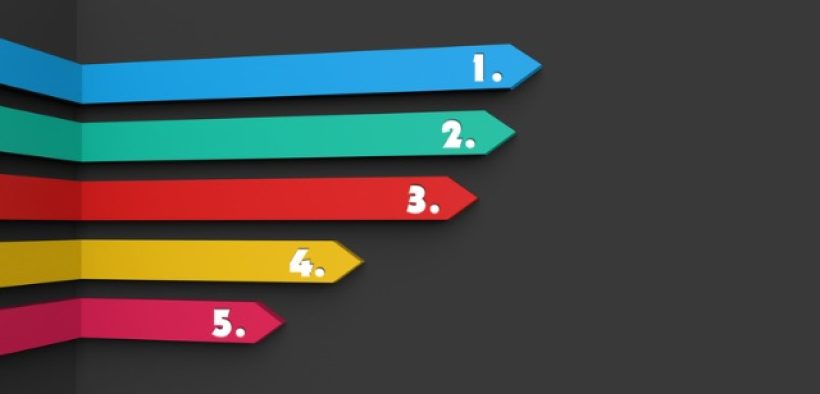 I don’t know if the first day of class is the most important day of the course, but I don’t think many of us would disregard its significance. What we do and how we do it matters. There are lots of good first-day activities—we’ve shared some in this blog over the years. In this post I’d like to move our thinking in a different direction and suggest five first-day essentials that go beyond the activities. These are the goals for the first day that we can use the activities to accomplish.
I don’t know if the first day of class is the most important day of the course, but I don’t think many of us would disregard its significance. What we do and how we do it matters. There are lots of good first-day activities—we’ve shared some in this blog over the years. In this post I’d like to move our thinking in a different direction and suggest five first-day essentials that go beyond the activities. These are the goals for the first day that we can use the activities to accomplish.
- Showcase course content. The first day of class is the time for introductions, and the content should be among those things introduced. I recommend a bit of content show-and-tell that features a surprising fact, a question the content answers, some current issue that relates to the content, or something that illustrates, better yet, demonstrates why the content in this course matters. Establishing relevance and promoting intrigue can help motivate student learning right from the start.
- Get students talking. Expectations for an interactive course should be set from day one and telling students that you want them talking isn’t nearly as effective as getting them talking. They should be talking to you and talking with each other. Maybe it’s a getting-to-know you ice-breaker, or some initial exploration of a content issue of interest to students, or a student discussion of what’s on the syllabus. The goal is hearing multiple voices in the classroom or online on the first day.
- Be personable. Yes, you are the professor, but you are also a person. Students know that you’re the one in charge and that you’re the one who enforces the rules. I don’t agree with the idea that teachers have to come across as the big “heavy” who lightens up only if students understand and accept who has the authority. It’s much more effective to begin the course letting students know that this is a course you want to teach (fingers crossed that it is) with content you love, and that you are there to help them learn. Students want to be taught by a professor but one who acts like a person.
- Give students a reason to read the syllabus. In most courses teachers cover syllabus content so completely students don’t have to read it. Talking at length about the syllabus also sends the message that students can ask you rather than look up course information. How about this, distribute the syllabus and give students five minutes to review it. Then put them into groups and give the groups five minutes to answer 10 questions about the syllabus. The first group to answer all the questions correctly wins stickers that say “We’re #1,” high fives from the teacher, applause from the class, or whatever suits your style and conveys the message that the things students need to know about this course are in the syllabus and they should look there before asking you. The goal is teaching in ways that make students responsible learners.
- Be authentic. Yes, this relates to being personable but it’s not the same. Since the students probably don’t know you, maybe you can fool them on the first day, but they will find out and they will feel cheated. It’s about being true to your personal style right from the start. That doesn’t mean “doing what you’ve always done” on the first day. It’s good to change things up, make improvements, and step outside our comfort zones a bit. I have a good friend who is forever after me to try current fashion trends. “Try this wrap, it’ll look good on you.” I try it, it feels strange, but maybe it does look good. Then I wear it for cocktails on the neighbor’s dock and get compliments from all sides. And I’m making a fashion statement I never thought I could make. Teaching can be about discovering who you are and sharing those discoveries with students.
What are your first-day essentials? What goals do you aspire to accomplish? What are the messages about the course, the content, and learning that most need to be conveyed when you and students first meet?






